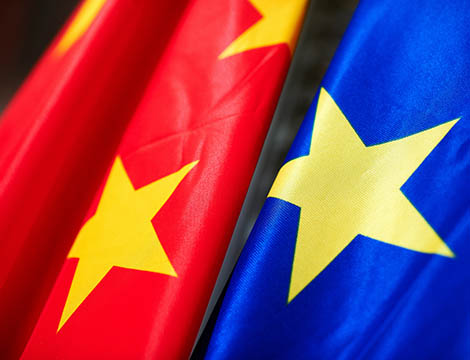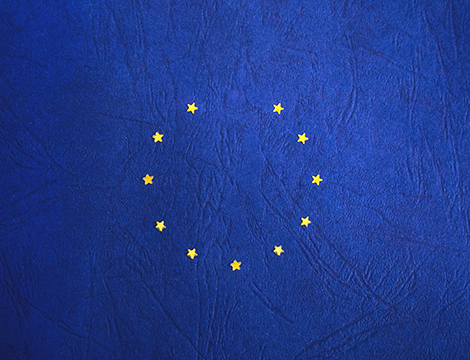
This article was originally published by the European Council on Foreign Relations on 13 October 2016.
EU leaders could soon come to regret having crossed their fingers and moved the refugee crisis off the urgent pile in their in-tray.
As part of his final UN General Assembly, President Obama hosted a leaders’ summit on refugees. In his speech he termed the global refugee crisis one of ‘the most urgent tests of our time’. But the list of commitments coming out of the summit did not live up to this description. The Bratislava EU summit earlier this month barely touched on refugee issues among the list of priorities to address, and there seems to be a general sense that Europe has more or less weathered the refugee storm that appeared so threatening in 2015.
There is some truth to this – for now. The number of sea crossings to the EU in the first nine months of 2016 was indeed down, at around 300,000, compared to 520,000 in 2015. But despite this there are a number of worrying trends that EU leaders would be foolish to ignore.




